Marfo Mariinsky monastery of mercy
Marfo-Mariyinsky monastery is a women’s Orthodox monastery founded at the beginning of the last century in Moscow. Its sisters are dedicated to helping the sick and indigent, as well as doing much charitable work with orphans and disabled children. The traditions of the Marfo-Mariinsky monastery of mercy were laid down by its founder, Grand Duchess Elizabeth Fyodorovna, and have been preserved to this day. In choosing a name for her monastery, Elizabeth Fyodorovna dedicated it to the Sisters of Lazarus, St. Martha and Mary, who became a symbol of the two ways of Christian service – contemplative prayer and active love.
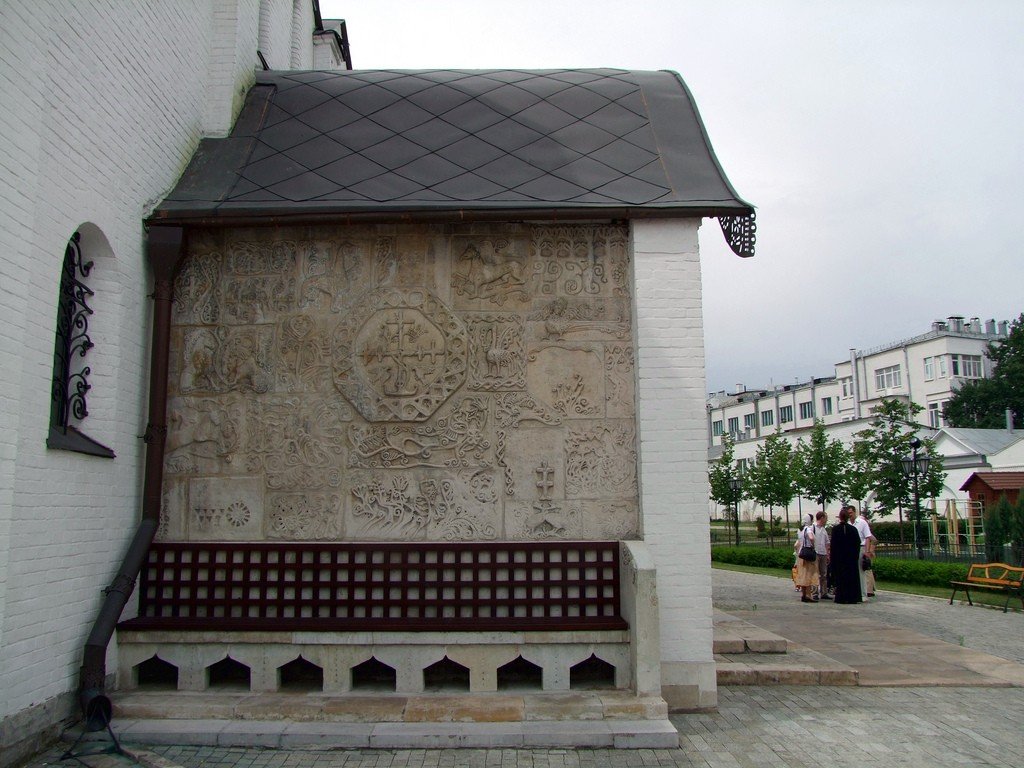
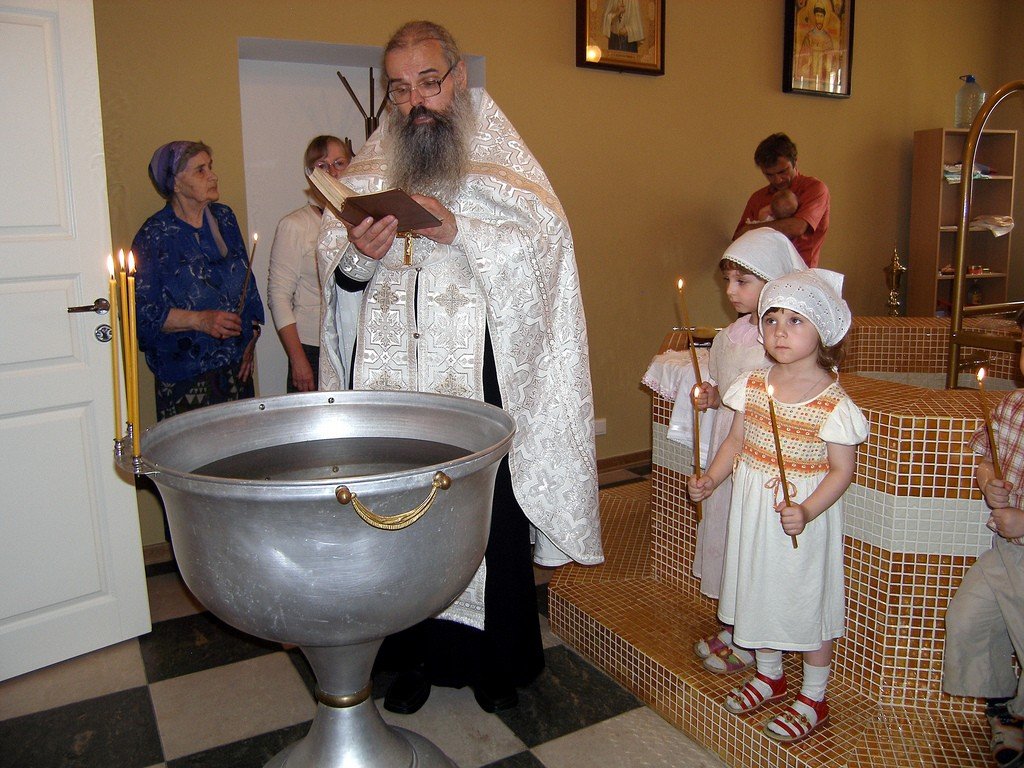
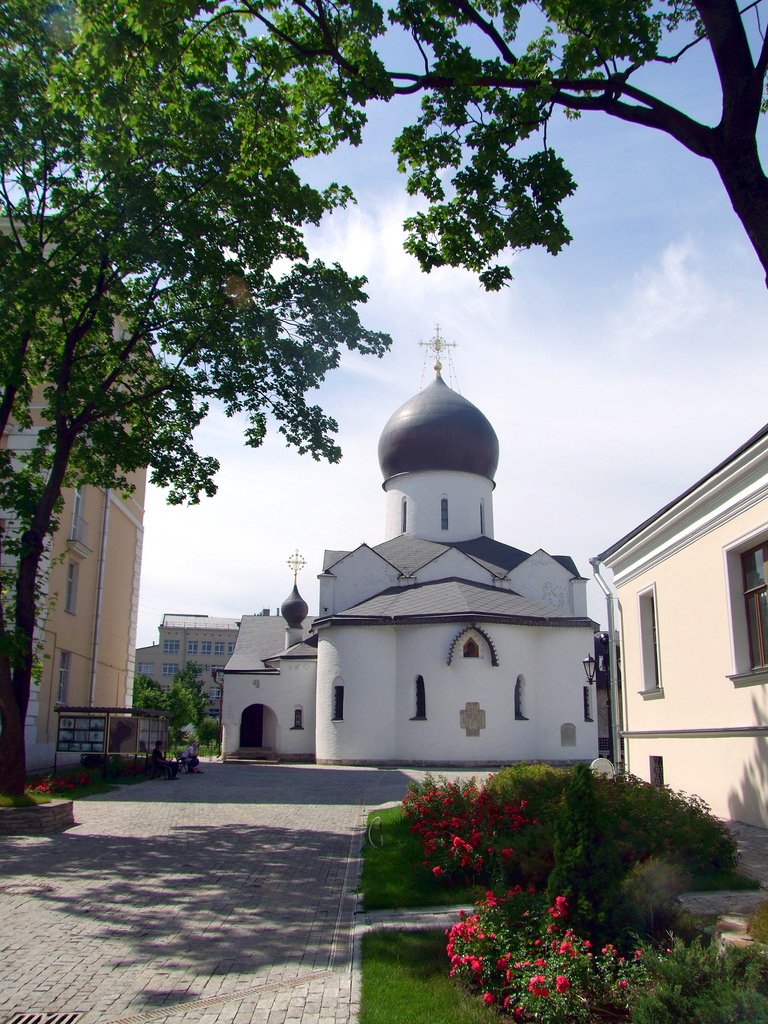
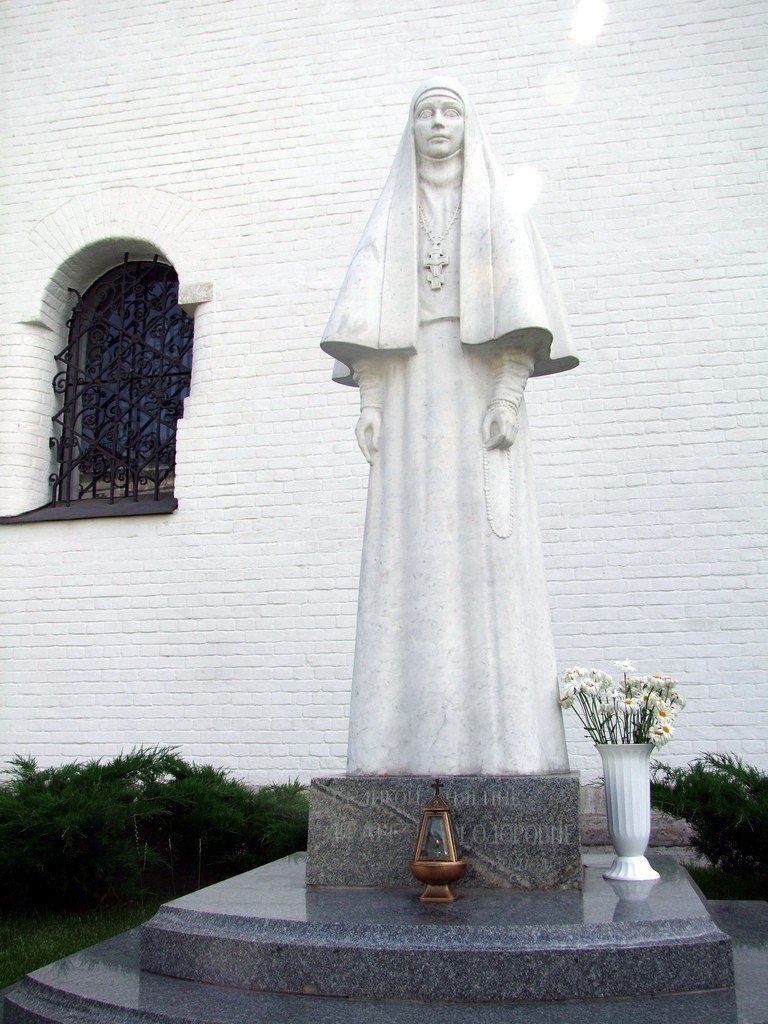
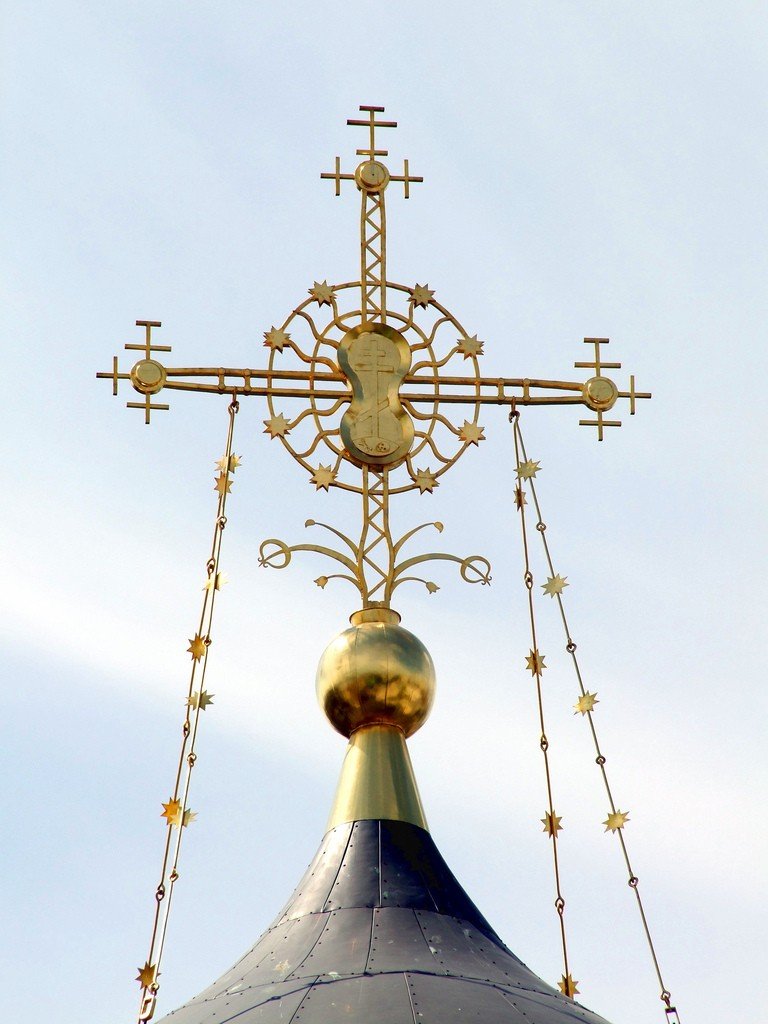
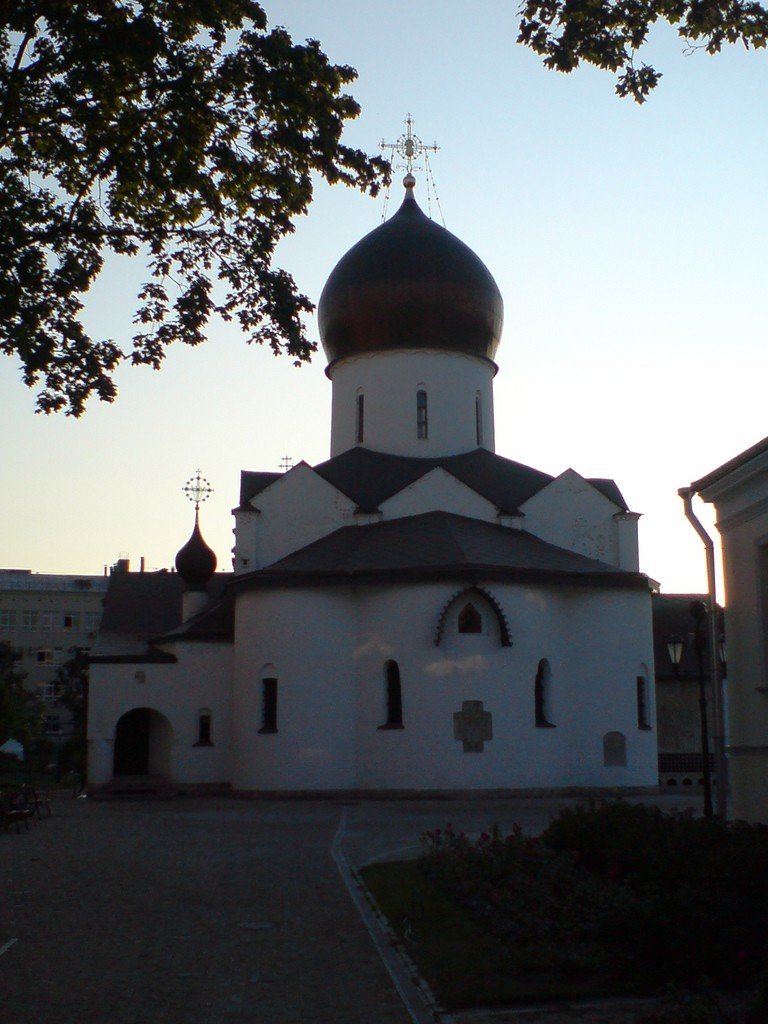
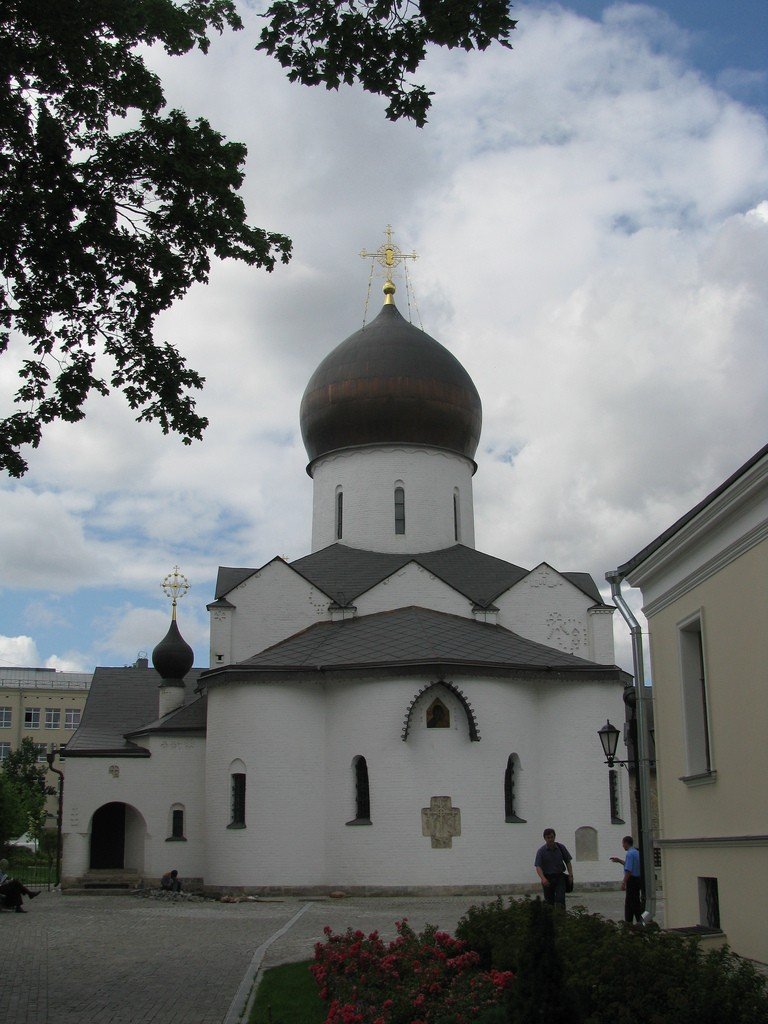
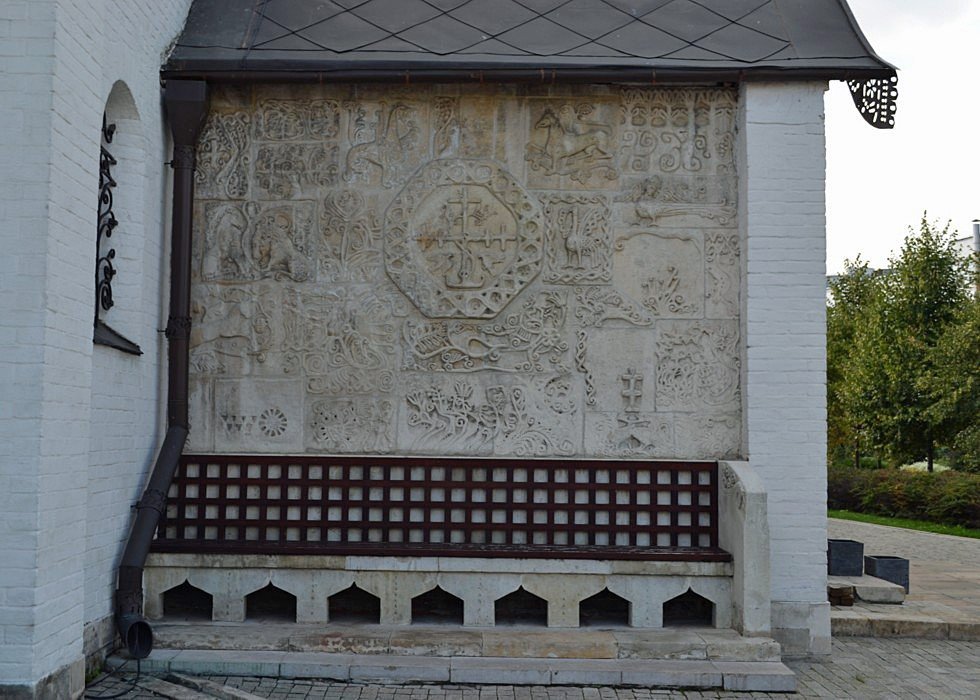
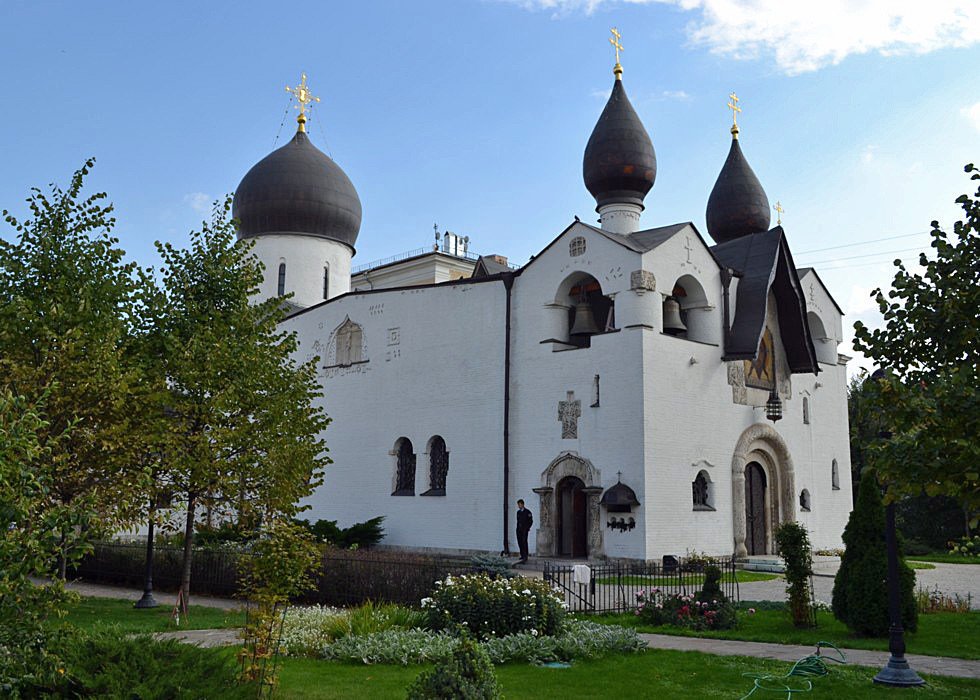
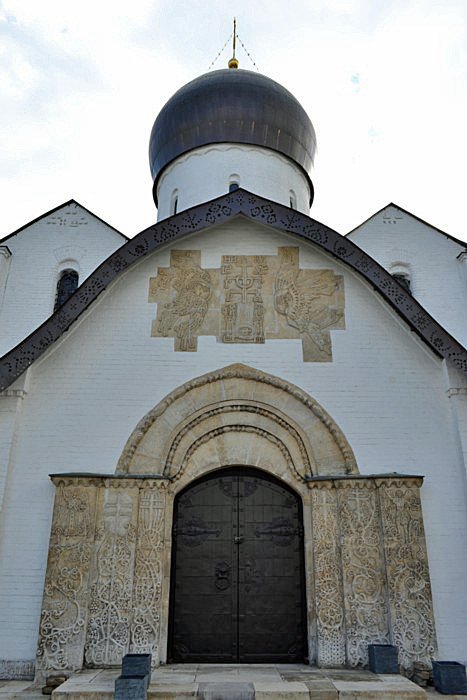
- Highlights
- History of the Marfa-Mary Monastery
- The Marfa Mariinsky monastery today
- The architectural complex of the monastery
- How to get there
Highlights
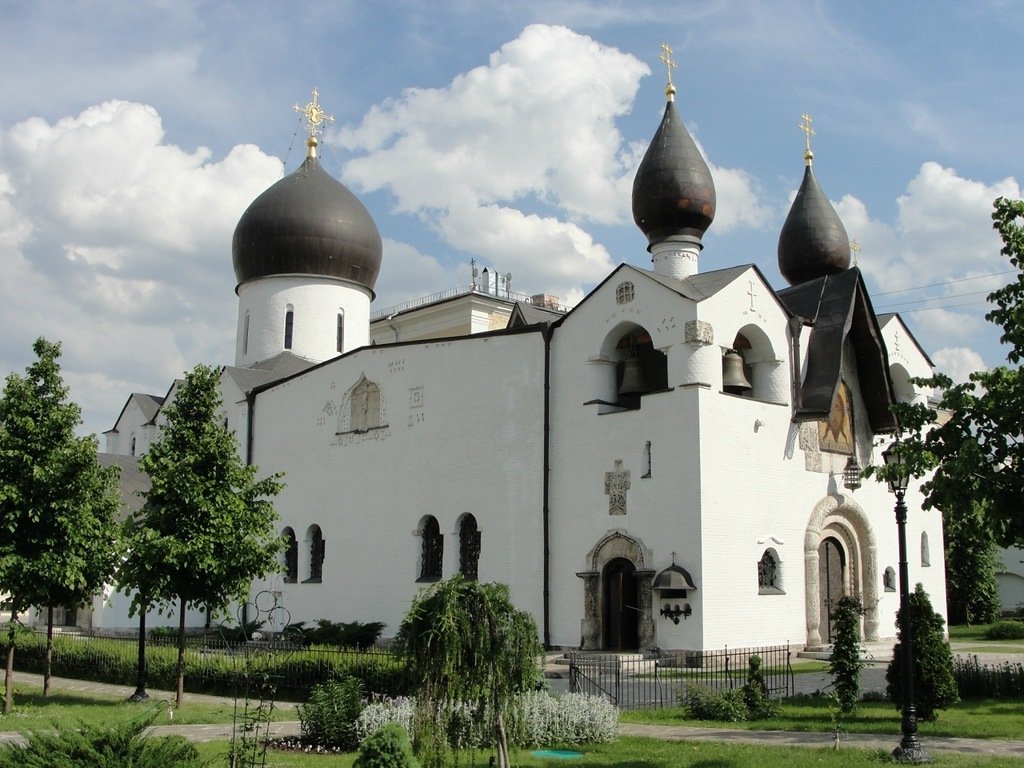
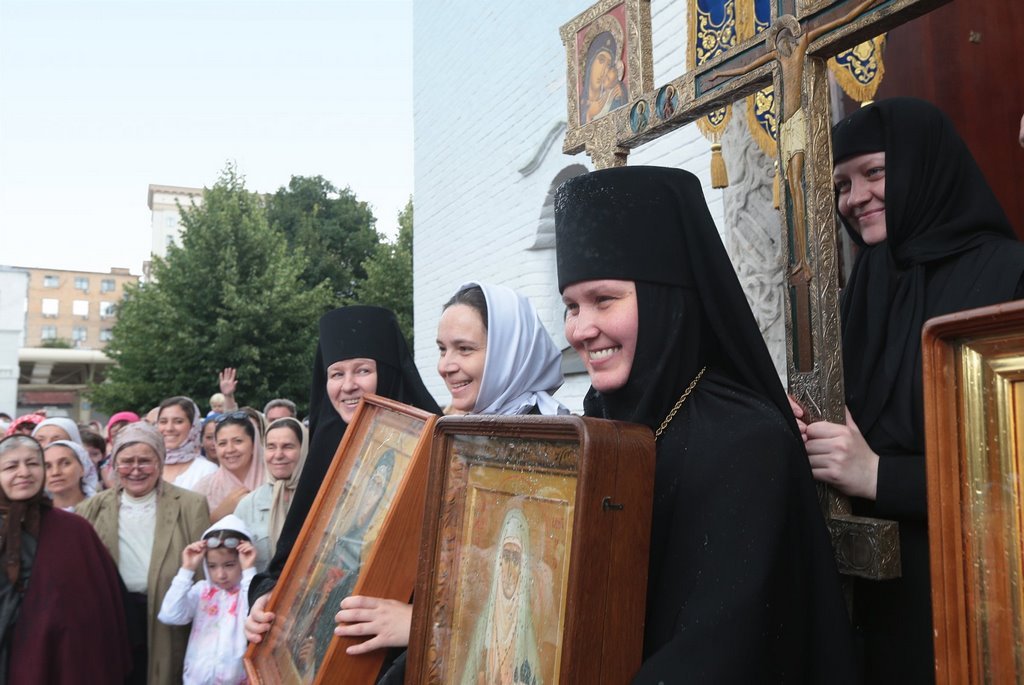
Since 2008, the Marfo-Maryinsky monastery has a museum telling about its founder. Everyone can visit it. Every day at 11.00 and 15.00 on the monastery conduct excursions, which begin in the Cathedral of the Intercession. Visitors can see two restored rooms where Elizabeth Fyodorovna lived in 1911. Her embroidery, icons belonging to the Grand Duchess, a grand piano, a service with the family coat of arms, rare photographs and documents are kept here.
.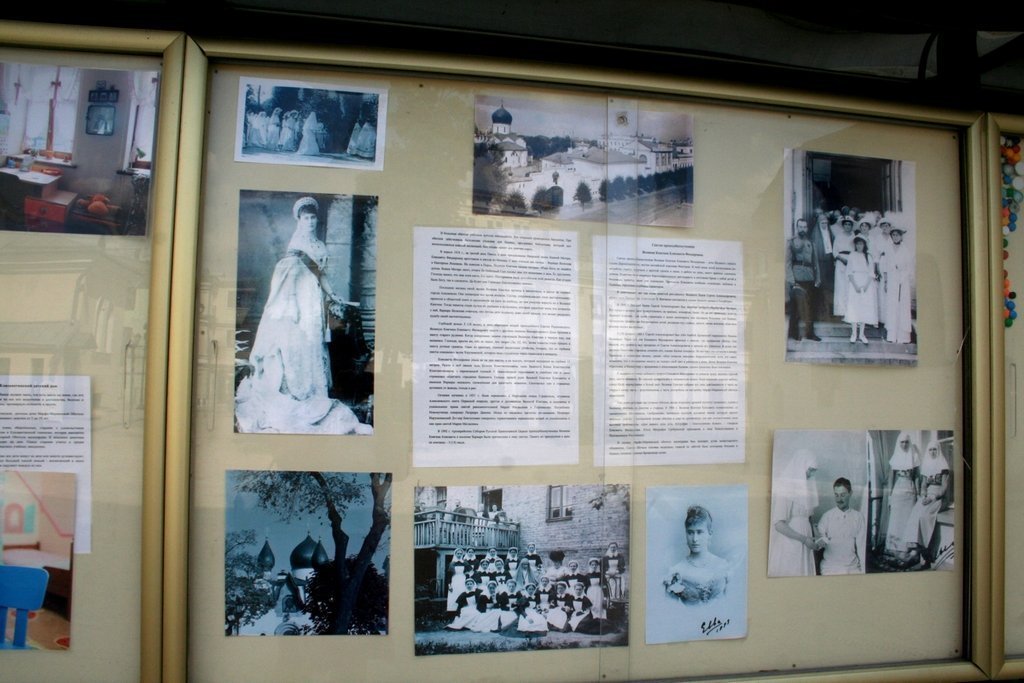
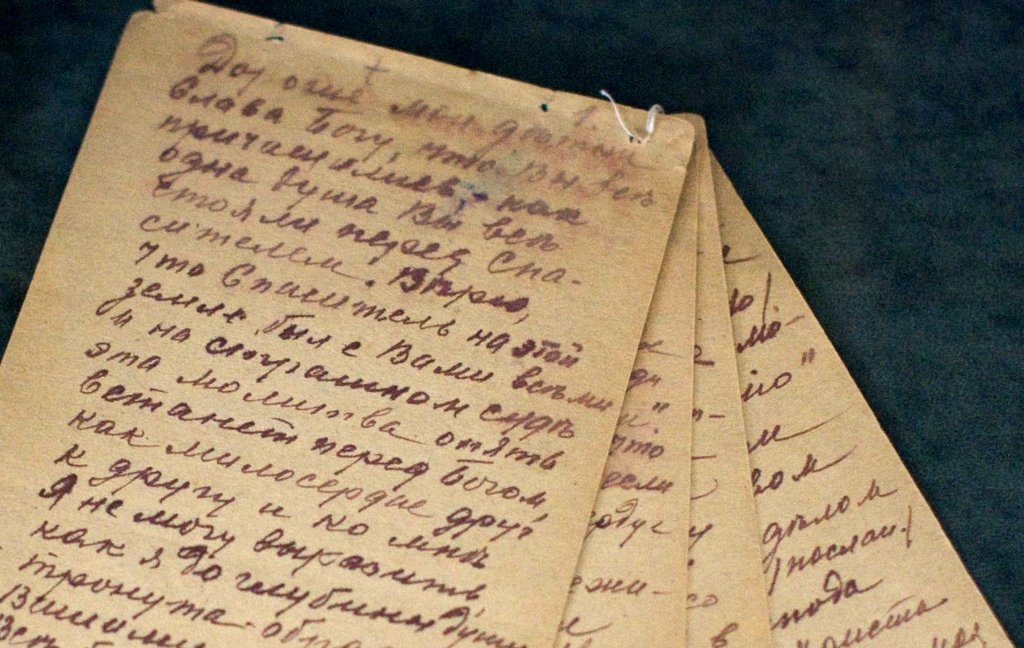
History of the Marfo-Mariinskaya Monastery
In 1905, the Grand Duke and brother-in-law of the Russian Emperor, Sergei Alexandrovich, was killed by a bomb of the revolutionary and terrorist Ivan Kalyaev. His widow Elizabeth Feodorovna, soon after her husband’s death, sold the jewelry that belonged to her and bought a large estate in the center of Moscow with four houses and a spacious garden. In 1909 the Marfo-Mariyinsky monastery was established here. It was not an ordinary convent, as the sisters living in the cloister were actively engaged in charity and worked in hospitals.
.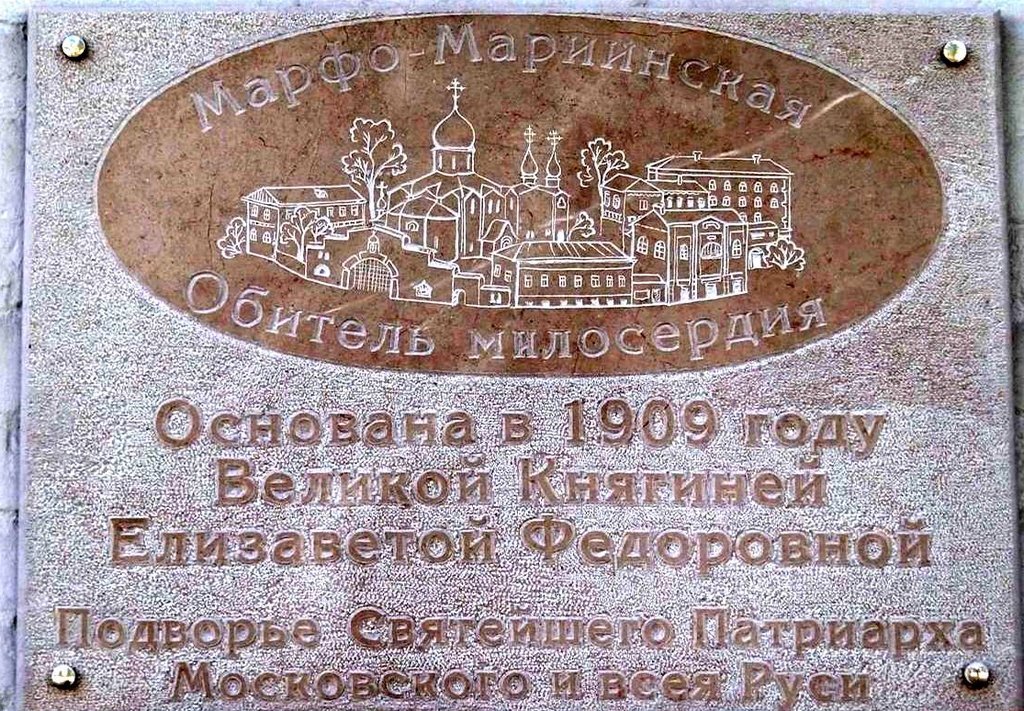
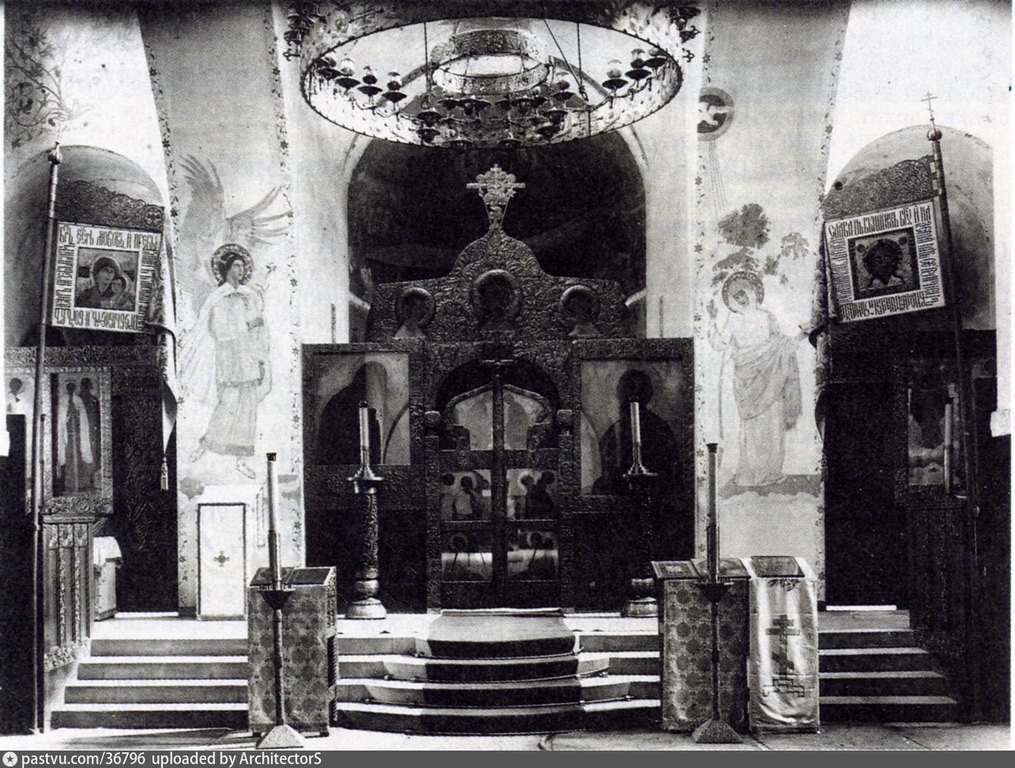
Elizabeth Feodorovna lived at the Marfo-Mariinsky monastery and was a true Christian ascetic. She prayed, worked as a sister of mercy, and during the First World War she helped the wounded and collected donations. From the cloister to the front went trains with food, medicines and gifts for soldiers. In 1916, with the personal participation of the founder began to build the country’s first prosthetic factory. Curiously, this enterprise to this day is engaged in the production of component parts for medical prostheses.
.
In 1918, the Bolsheviks arrested Elizabeth Fyodorovna, exiled her to the Urals and killed her by throwing her into an excavated mine. The abode continued to operate until 1926, and 115 sisters lived there. After the closure of the monastery for two more years the patients were taken by the polyclinic, which was headed by Princess Golitsyna. When she was arrested, some of the sisters were forcibly exiled to Turkestan, and others moved to the Tver region, where they began to engage in vegetable gardening.
.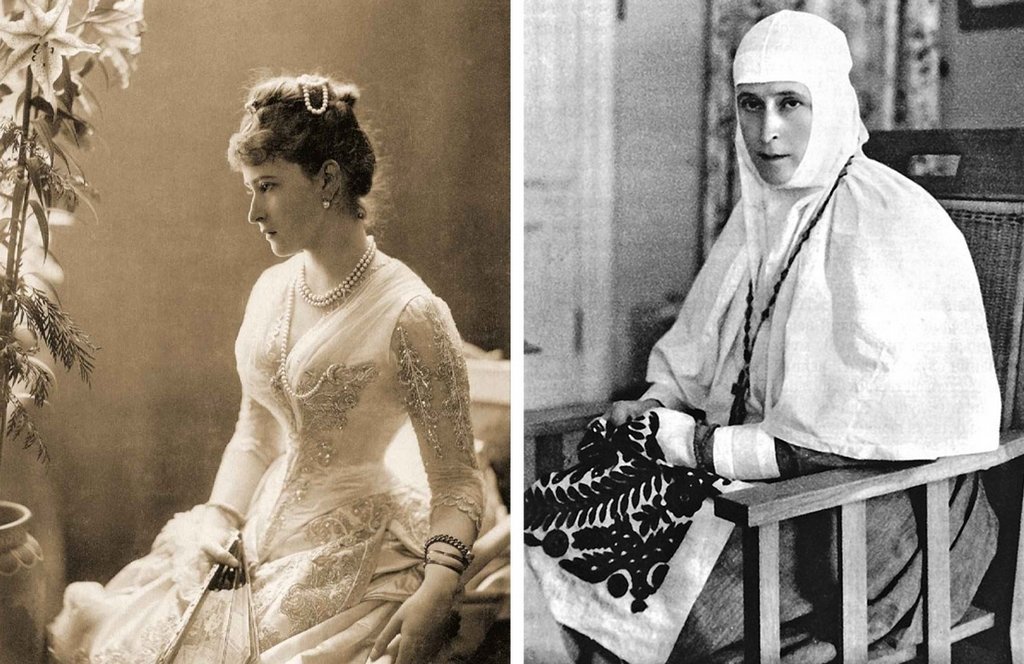
After the Marfo-Mariyinsky monastery was liquidated, a cinema was equipped in the Church of the Intercession of the Virgin, and later a house of sanitary education was organized. In the post-war years, the cathedral housed workshops for restorers, and an outpatient clinic was opened in the building of the Marfo-Mariyinsky Church.
In 1992, the monastery territory passed into the ownership of the church, and the cathedral was returned to the faithful in 2006, when it was vacated by restorers.
.The Marfo-Mariana Monastery in our days
Today, the monastery has an orphanage and a gymnasium for girls, a canteen for the poor and a medical center where children diagnosed with cerebral palsy receive help. At the Marfo-Marie Monastery there is a patronage service that helps in military hospitals, at the ambulance station and in the children’s hospice, where terminally ill children are kept.
.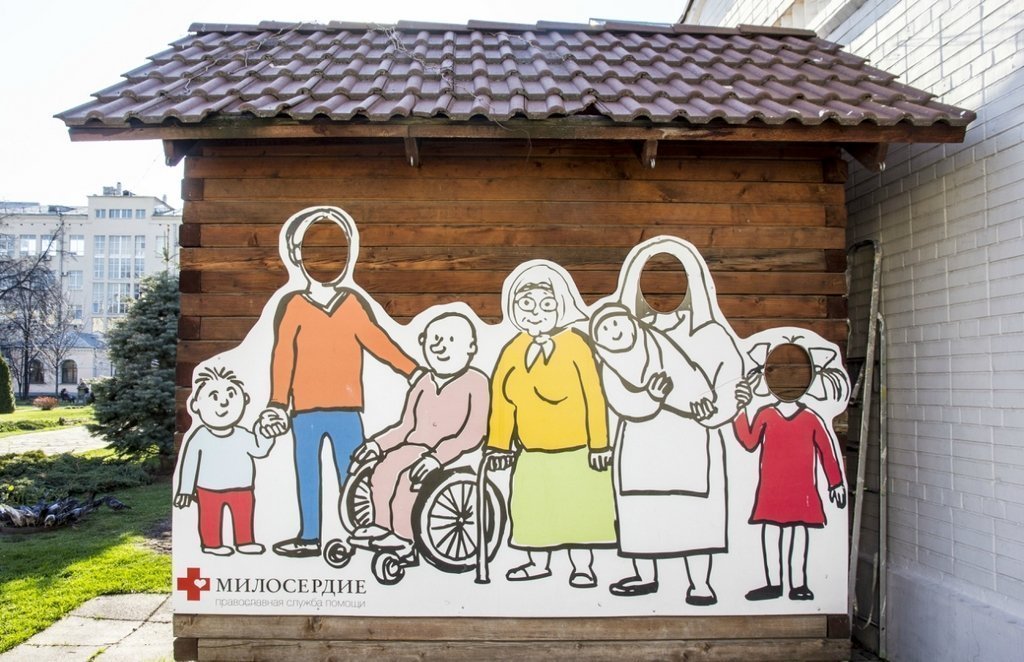
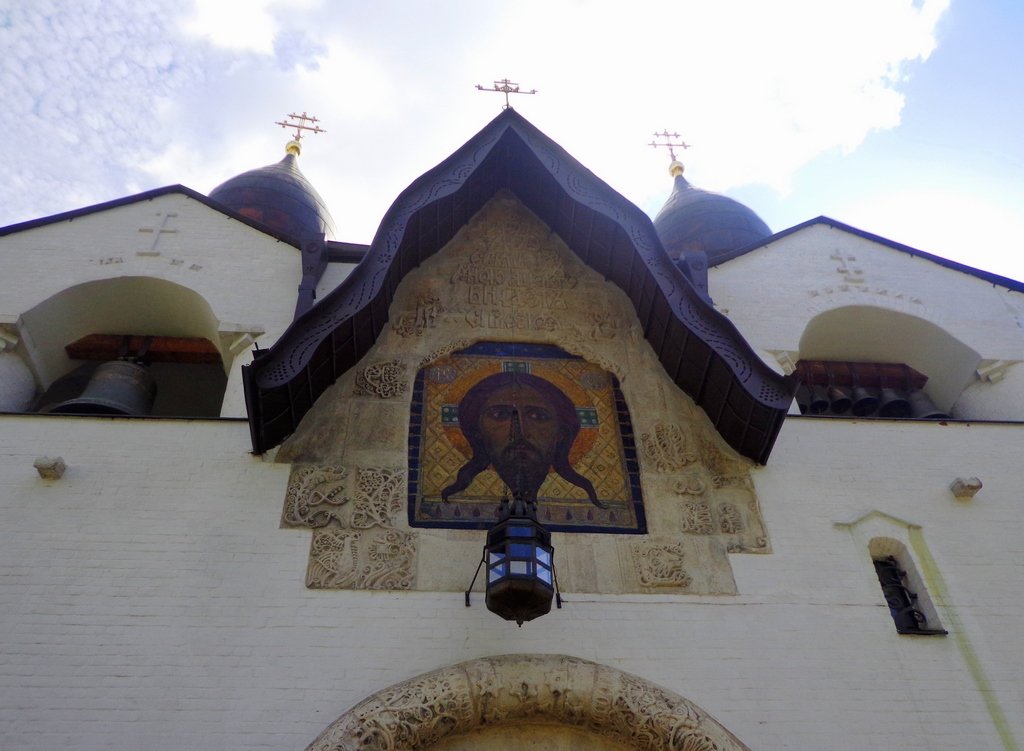
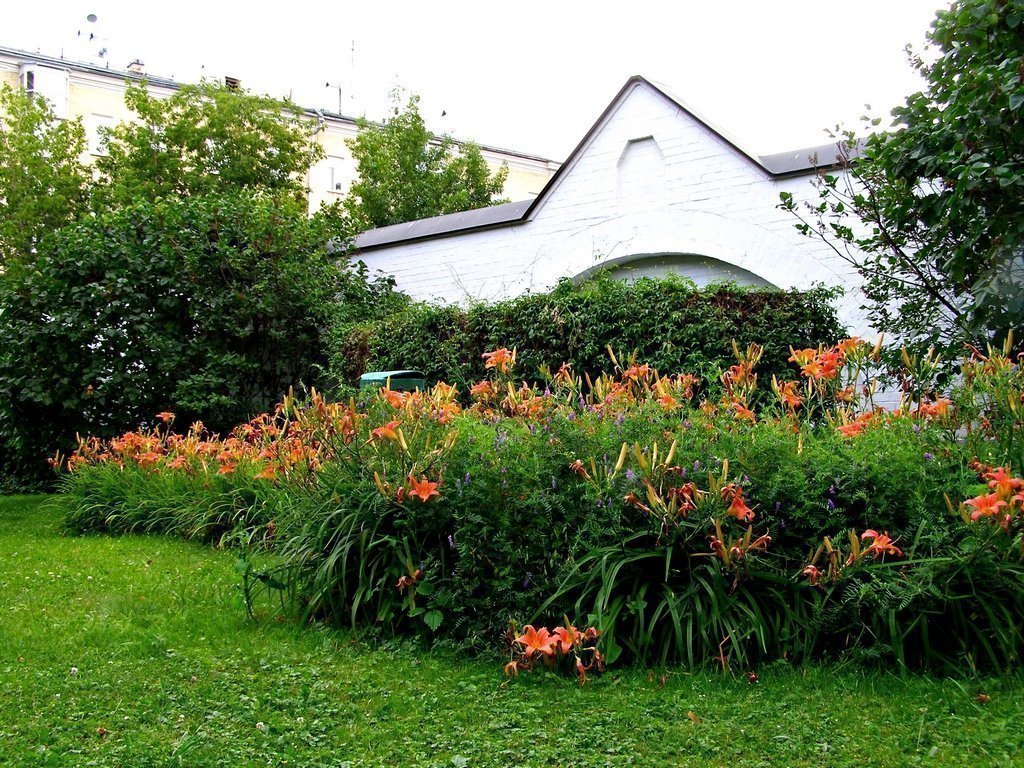
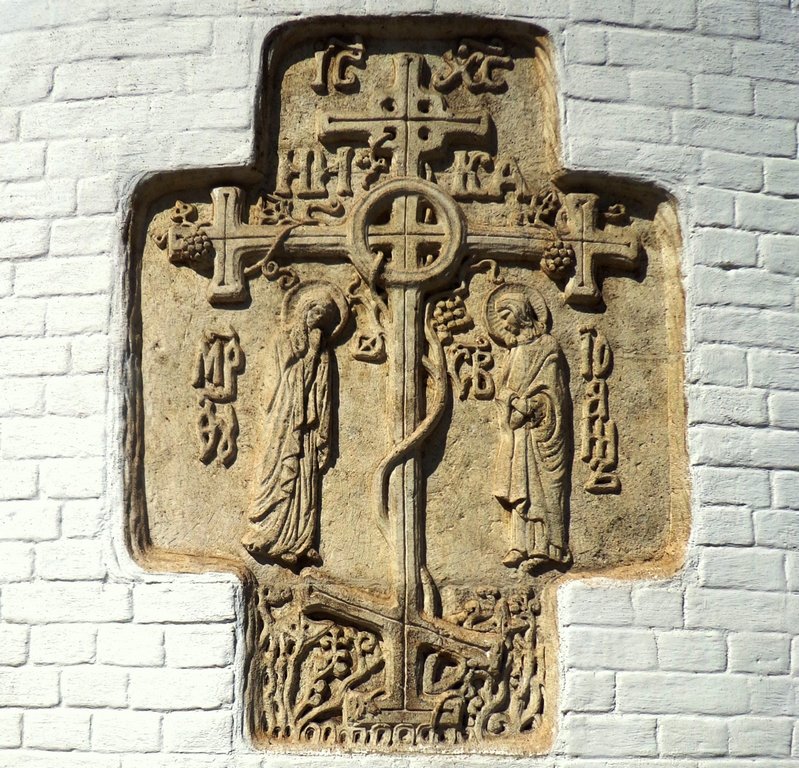
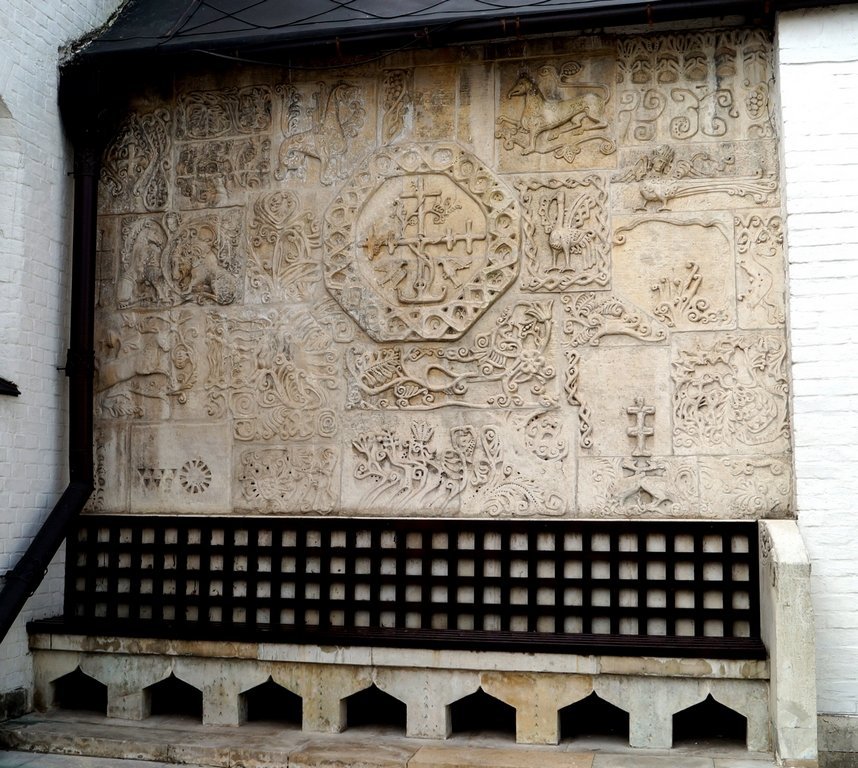
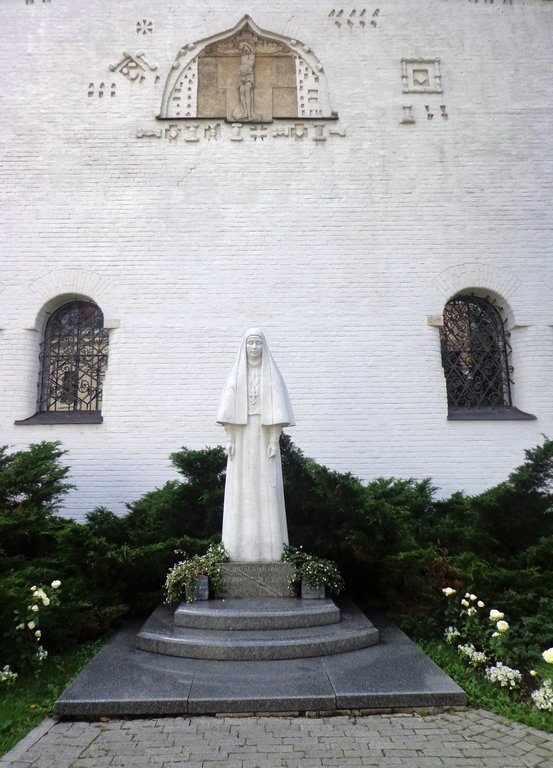
The cathedral belfry has 12 bells, selected so that the sound resembles the famous Rostov bells. The Cathedral of the Intercession is not very large and can accommodate up to a thousand worshippers at a time.
>
Nearby stands another church consecrated in honor of Saints Mary and Martha. It was built in 1909 as a house church at the hospital. The church was arranged so that the seriously ill could hear and see church services without getting out of bed.
.
On the territory of the Marfo-Mariinsky monastery there is also a small one-story gardener’s house, a gatehouse with a chapel of Seraphim of Sarov and a tiny chapel of Elizabeth Fyodorovna. Since 1990 a monument to its founder has stood in the monastery.
How to get there
The Marfo-Mariyinsky monastery is located in the center of the capital, at 34 Bolshaya Ordynka Street. It is easy to reach it on foot from the metro stations “Polyanka”, “Tretyakovskaya” or “Novokuznetskaya”. If you arrive by ground transportation, you should take bus No. M5 (stop “Iversky Pereulok”), bus No. M6 and trolleybus No. 8 (stop “Polyanka Metro”).
.